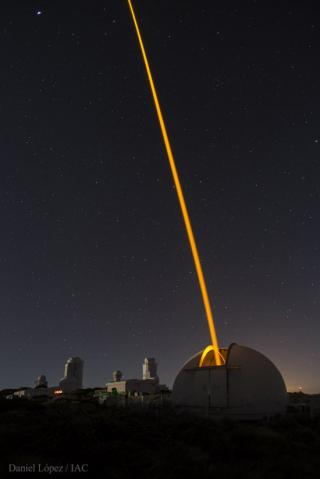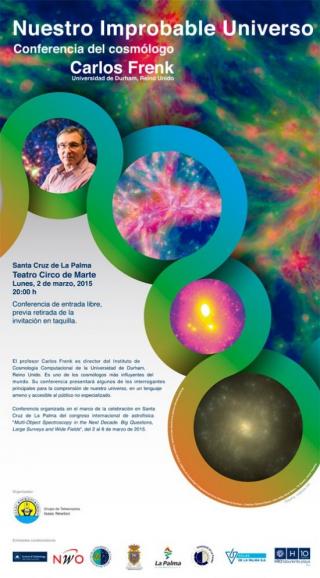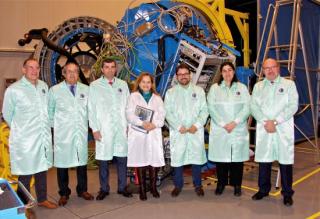
The first observing campaign with the new "Laser Guide Star" installed at the Teide Observatory, Tenerife, has been completed successfully
Advertised on
This section includes scientific and technological news from the IAC and its Observatories, as well as press releases on scientific and technological results, astronomical events, educational projects, outreach activities and institutional events.





